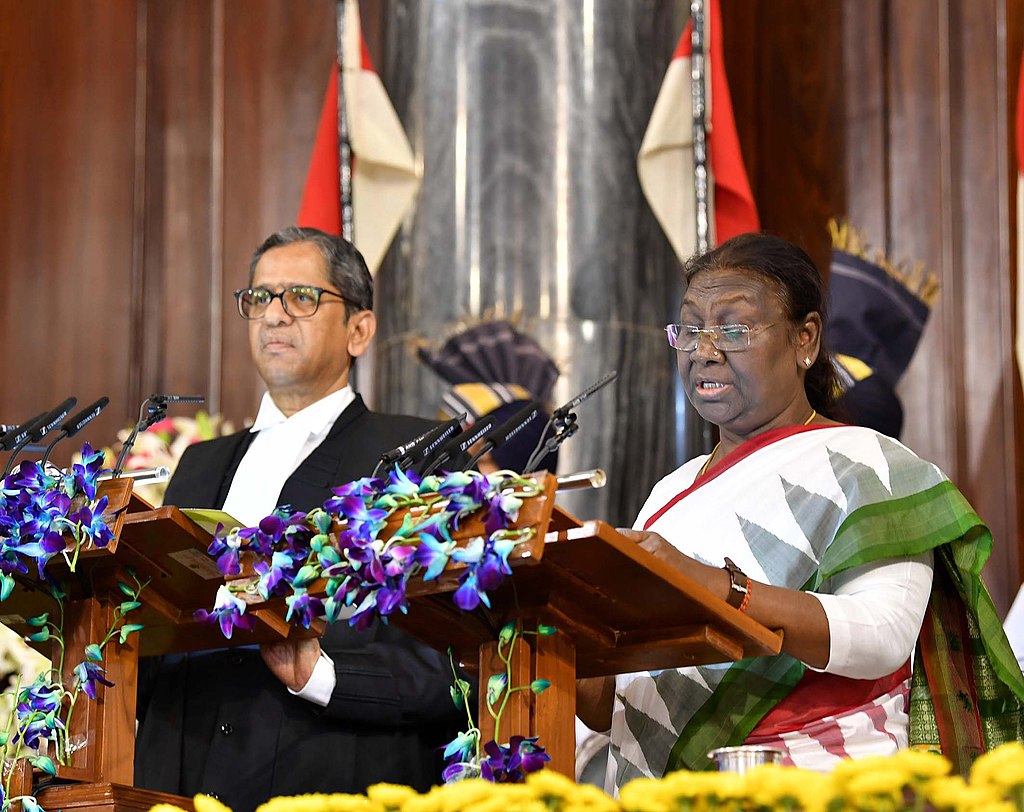India, the world’s largest democracy, follows a unique process to elect its President. Unlike many other countries, where the head of state is directly elected by the citizens, India has an indirect system in which the President is elected by an electoral college. This article aims to shed light on the process through which India elects its President, providing an insight into the constitutional provisions, eligibility criteria, nomination process, and the actual election procedure.
Constitutional Provisions and Eligibility Criteria:
India’s Constitution lays down the framework for electing the President. According to Article 54, the President of India is elected by an Electoral College consisting of elected members of both houses of Parliament (Rajya Sabha and Lok Sabha) and the elected members of the Legislative Assemblies of the states and union territories. The Constitution also specifies the eligibility criteria for a person to become President. A candidate must be a citizen of India, at least 35 years old, and qualified to be a member of the Lok Sabha.
Nomination Process:
The process of electing the President in India begins with the announcement of the election schedule by the Election Commission of India. Once the schedule is announced, candidates can file their nominations. To be nominated, a candidate must be supported by at least 50 electors as proposers and 50 electors as seconders. Electors include members of Parliament and state legislatures. The candidate must also deposit a security amount, which is refunded if they secure a minimum specified number of votes.
Election Procedure:
After the nominations are filed, the Election Commission scrutinizes them for any discrepancies. If there are no objections or valid withdrawals, a final list of candidates is prepared. The election is conducted through a secret ballot, where elected members of Parliament and state legislatures vote. Each member’s vote has a value determined by a formula based on the population they represent.
To ensure a fair representation of states, the value of votes of the elected members of the state legislatures is determined by dividing the state’s population by the total number of elected members. The same formula applies to both houses of Parliament, but the total number of elected members is different.
On the day of the election, members cast their votes in a designated polling booth. They indicate their preference by marking a unique serial number assigned to each candidate. The counting of votes is done under the supervision of the Election Commission.
To win the election, a candidate must secure a simple majority of the total value of votes polled. If no candidate secures a majority in the first round, the process continues with subsequent rounds of voting. This ensures a systematic elimination of candidates until one candidate achieves the required majority.
India’s electoral process for selecting its President showcases the country’s commitment to democracy and inclusivity. Through an indirect system and the involvement of an electoral college, India ensures that the President represents the diverse interests and aspirations of its people. The process, as laid down in the Constitution, guarantees a fair and transparent election, providing equal opportunities to eligible candidates. By understanding and appreciating the intricacies of this process, we gain insights into the functioning of one of the world’s largest democratic nations.



